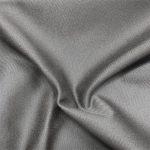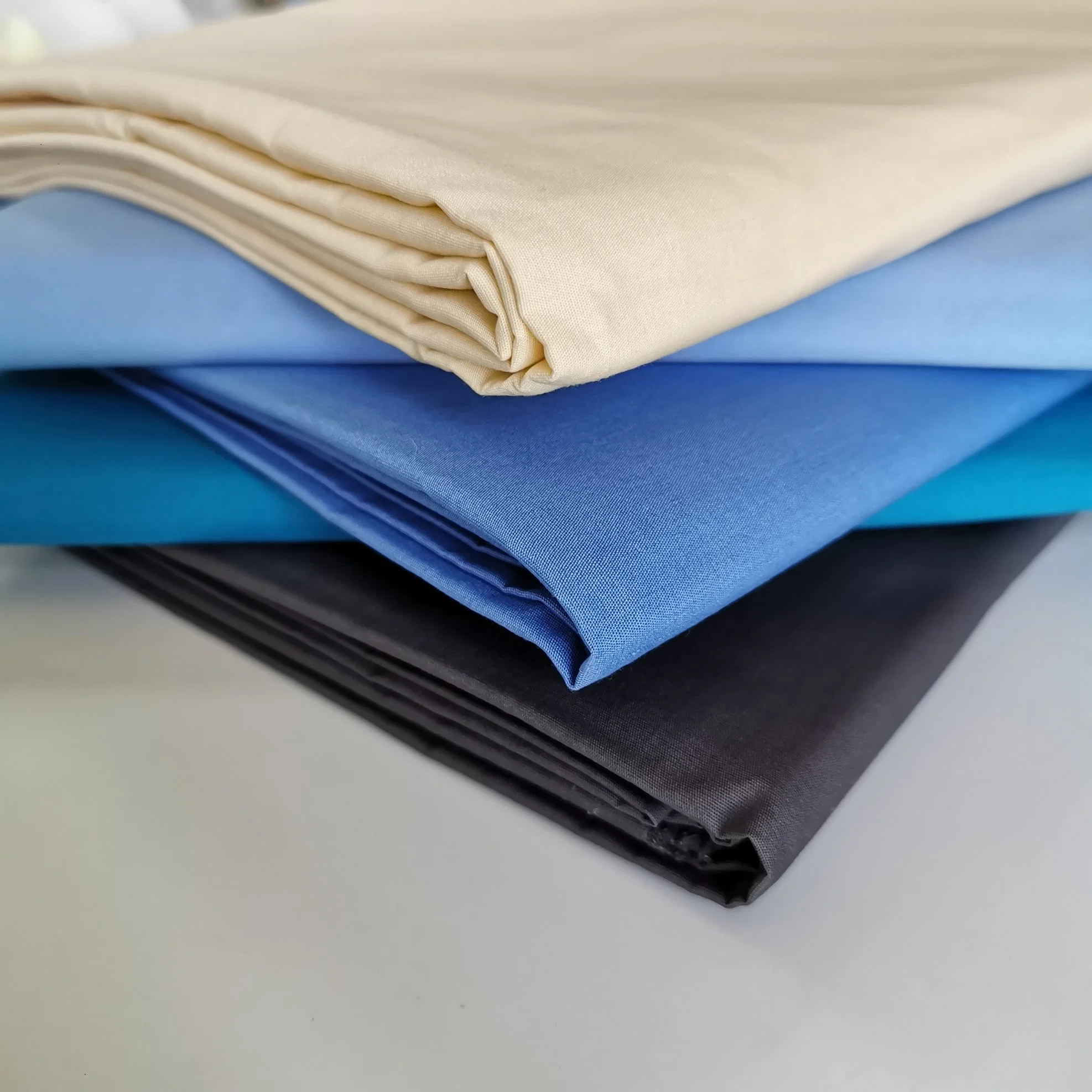Nurse uniforms are more than just clothes. They are tools that healthcare professionals use every day. Taking care of your uniforms ensures they last longer, stay comfortable, and look good. In this guide, I’ll give you all the information you need to take care of your nurse uniforms. I’ll cover the different fabrics and how to take care of each one.
Understanding Nurse Uniform Fabrics
Nurse uniforms are made from a variety of fabrics. Each fabric has different properties and needs to be cared for in a specific way. Here are the most common fabrics:
- Cotton: Cotton is breathable and comfortable. It can shrink if you don’t wash it right.
- Polyester: Polyester is durable and doesn’t wrinkle or shrink easily. It’s easy to take care of, but it doesn’t breathe as well as natural fibers.
- Poly-Cotton Blends: These blends give you the best of both worlds. They’re breathable and durable.
- Spandex and Lycra: These are added to fabrics to give them stretch. They make your uniforms more comfortable and flexible.
General Care Tips for Nurse Uniforms
No matter what fabric your uniforms are made from, there are some general care tips that will help them last longer:
- Pre-Treat Stains: Take care of stains as soon as possible so they don’t set. Use a stain remover or a mixture of water and mild detergent.
- Separate Colors: Wash white uniforms separately from colored uniforms so the colors don’t bleed.
- Use Cold Water: Washing in cold water reduces wear and tear on the fabric and helps prevent colors from fading.
- Don’t Overload the Washer: Make sure your uniforms have enough room to move around in the washer so they get clean.
- Air Dry When Possible: Air drying helps prevent shrinkage and damage to the fabric. If you use a dryer, use a low heat setting

Care Instructions by Fabric Type
Cotton Uniforms
- Washing: Wash in cold or warm water with a mild detergent. Don’t use hot water because it will cause shrinkage.
- Drying: Air dry if possible. If you use a dryer, use a low heat setting to prevent shrinkage.
- Ironing: Cotton wrinkles easily. Iron on a medium heat setting. Use steam to get rid of stubborn wrinkles.
Polyester Uniforms
- Washing: Wash in warm water with regular detergent. Don’t use bleach because it will damage the fibers.
- Drying: Polyester dries quickly. Air drying is best, but you can tumble dry on low heat.
- Ironing: Polyester doesn’t wrinkle easily. If you need to iron it, use a low heat setting.
Poly-Cotton Blends
- Washing: Wash in warm water. Use a gentle cycle to prevent wear and tear.
- Drying: Air dry or tumble dry on low heat.
- Ironing: Use a medium heat setting to iron. The polyester component makes the fabric more wrinkle resistant.
Spandex and Lycra Blends
- Washing: Wash in cold water on a gentle cycle. Don’t use fabric softener because it breaks down the elasticity.
- Drying: Air dry to maintain the fabric’s elasticity. Don’t use the dryer because high heat can damage the fibers.
- Ironing: Iron on a low heat setting if necessary. These fabrics don’t wrinkle easily.
Special Care for White Uniforms
White nurse uniforms require extra care to keep them looking their best:
- Use Non-Chlorine Bleach: To keep whites bright, use non-chlorine bleach or oxygen-based bleach.
- Don’t Over-Wash: Over-washing can cause fabric breakdown and yellowing. Wash only when necessary.
- Sun Drying: Drying whites in the sun can naturally bleach and brighten the fabric.
Handling Stubborn Stains
Nurse uniforms are exposed to a variety of stains in healthcare environments. Here are tips for some common stains:
- Blood: Rinse immediately with cold water. Soak in a mixture of cold water and a small amount of hydrogen peroxide if necessary.
- Ink: Dab with rubbing alcohol or hairspray, then wash as usual.
- Sweat: Soak in a mixture of water and white vinegar before washing to remove sweat stains and odors.
- Food: Pre-treat with a stain remover or a mixture of baking soda and water before washing.
Professional Cleaning Services
For heavily soiled uniforms or those with complex care requirements, consider professional cleaning services. They have specialized equipment and cleaning agents that can effectively clean and sanitize uniforms without damaging the fabric.
Storage Tips
Proper storage is crucial to maintaining the quality of nurse uniforms:
- Fold or Hang: Store uniforms in a cool, dry place. Fold neatly or hang to avoid wrinkles.
- Avoid Plastic Bags: Use breathable garment bags if necessary. Plastic bags can trap moisture and cause mildew.
- Rotate Uniforms: Have multiple sets of uniforms and rotate their use to extend their lifespan.
Eco-Friendly Care Practices
Caring for nurse uniforms doesn’t have to be environmentally taxing. Here are some eco-friendly tips:
- Use Eco-Friendly Detergents: Choose biodegradable and non-toxic detergents.
- Cold Water Washing: Reduces energy consumption and is gentler on fabrics.
- Line Drying: Saves energy and extends the life of the uniforms.
Conclusion
Proper care of nurse uniforms is essential for maintaining their functionality, appearance, and longevity. By understanding the specific needs of different fabrics and following the care guidelines provided, nurses can ensure their uniforms remain in excellent condition, allowing them to focus on providing the best care to their patients.

 100% COTTON FABRIC
100% COTTON FABRIC COTTON STRETCH FABRIC
COTTON STRETCH FABRIC POLYESTER/COTTON FABRIC
POLYESTER/COTTON FABRIC OTHERS FABRIC
OTHERS FABRIC
